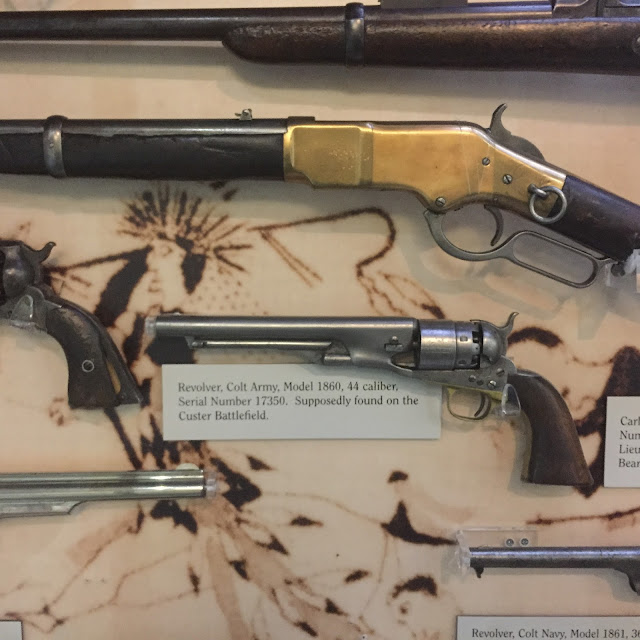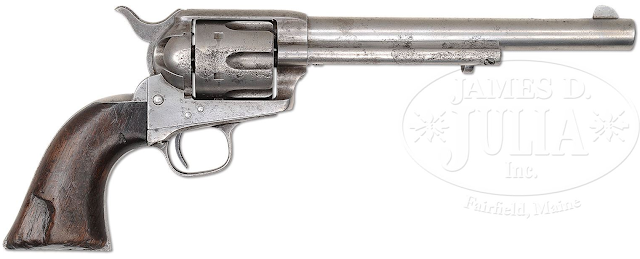The Lakota called the area "Greasy Grass" for the waxy appearance of the green grass that grew along the banks of the Little Big Horn River. They had camped there to discuss their future now that the U.S. Government had broken yet another treaty and was forcing them onto another reservation. Their numbers were estimated to be between 7000 and 10,000. Of course we all know how the battle went.
Last fall I was fortunate enough to be doing business in south central Montana and my travels took me past the site of the battle.
I was able to get in just an hour before closing and had enough time to tour the museum and walk the grounds to get some pictures.
The area (except for the museum, roads and monument) looks just as it would have in 1876.
I wont bother to tell the story of the battle, that has been done more times than a person could count.
The Battle of Little Big Horn has often been called "the most wrote about battle in history".
Instead I will simply show you the pictures I took (and a few good ones I found online).
There is a National Cemetery for Veterans on the property, I was just in time to see them lower the flag for sunset
In the museum, they have a collection of guns, some found on the battlefield and some thought to have been used in the battle
The model of 1861 Navy Colt below is said to have been taken from a man wearing buckskin, it has been documented that Custer and perhaps two others were wearing buckskin on June 25th, could this be the last gun Custer fired?
I doubt it, researchers have probably vetted this gun already.
Some of the artifacts found in 1984 on the battlefield
Here are a couple of other guns that have been proven to have taken part in the battle:
This Spencer Carbine serial number 30670 has been forensically proven to have been used by a Native American Warrior in the battle of Little Big Horn.
The gun eventually ended up in the hands of a Doctor doing work among the plains tribes (who was also a gun collector).
For a time it was on display at the Buffalo Bill Cody Museum, see the amazing story here
Another Little-Big Horn battlefield gun is this Colt Single Action Army that belonged to Lt. William Van Wyck, it was sold at the James D Julia auction in 2014, read the amazing story here
These maps show you where everything happened
Last Stand Hill, the white markers are where members of the 7th Calvary fell, these markers are spread out over the large battlefield from the hill(s) to the river valley.
The one in black is where General George Custer took his last breath
The view Custer had of the encampment, the river is among the trees at the bottom of the valley
The monument and grave site of many of the 7th Calvary
You might be wondering why there are no pictures of the Native American Memorial (which is just a few yards north of the 7th Calvary Memorial). I was running out of time by the time we got to the memorial.
Here are some I found online:
An overhead shot showing both memorials
I did not take this one, I found it on the Friends of Little Big Horn website, it shows the entire area from the valley looking up. Museum and cemetery are on the left, last stand hill on the right
If you would like to visit the Little Big Horn Battlefield, it can be found at exit 512 on Interstate 90 at the junction of I-90 and U.S. 212 near Hardin, Montana. About 65 miles SE of Billings, Montana (the closest International Airport). It sits within the boundaries of the Crow Reservation.
You can get more info here at the National Park Service website
References
History.com
Friends of Little Big Horn
Last Real Indians
Buffalo Bill Center of the West
Out West Again
2dodges2go
The Foxworthy Traveling Show
Maripo
Billings Gazette































